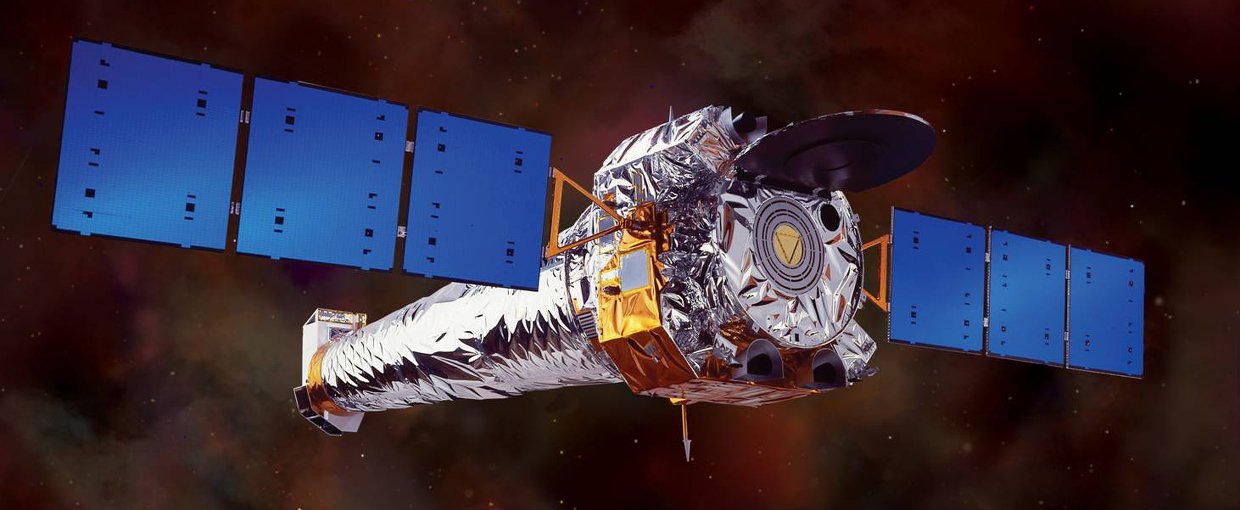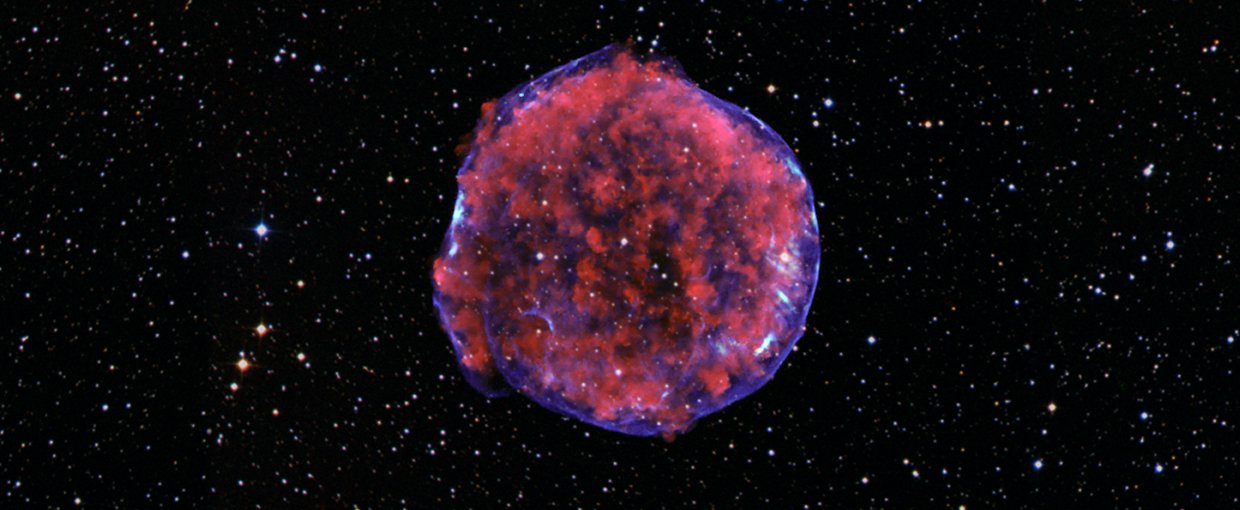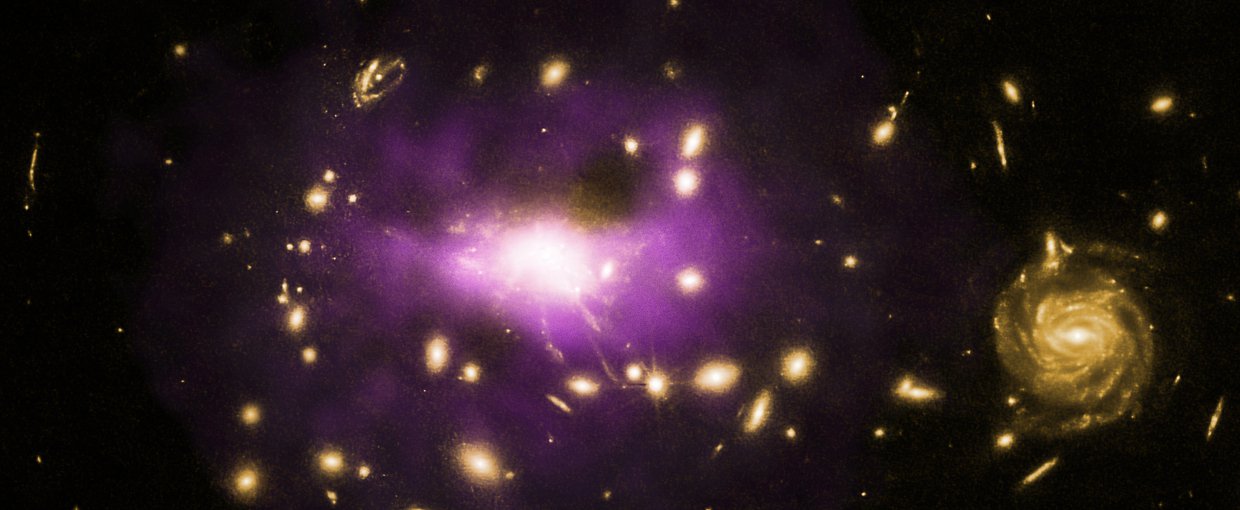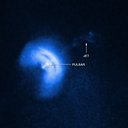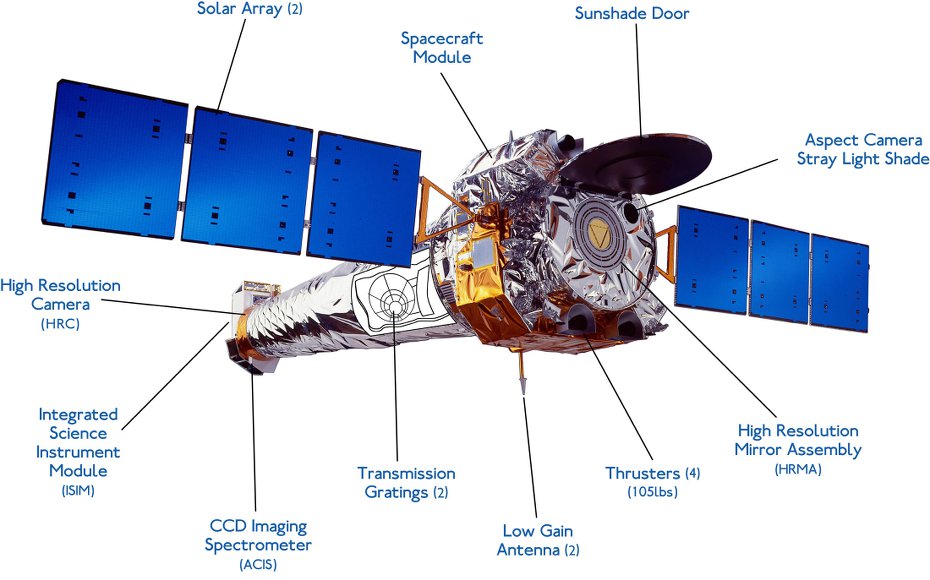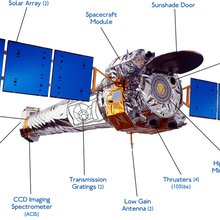- Launch Date July 23, 1999
- Arrival Date July 23, 1999
- Mission TypeSpace Telescope
- TargetThe Universe
Mission Overview
NASA’s Chandra X-ray Observatory is a telescope specially designed to detect X-ray emission from very hot regions of the Universe such as exploded stars, clusters of galaxies, and matter around black holes. Because X-rays are absorbed by Earth’s atmosphere, Chandra must orbit above it, up to an altitude of 139,000 km (86,500 mi) in space. The Smithsonian’s Astrophysical Observatory in Cambridge, MA, hosts the Chandra X-ray Center which operates the satellite, processes the data, and distributes it to scientists around the world for analysis.
Relevance to Astrobiology
Chandra is designed to observe X-rays from high-energy regions of the universe, such as the remnants of exploded stars. Chandra’s sensitivity makes possible detailed studies of black holes, supernovas, and dark matter; and has increased our understanding of the origin, evolution, and destiny of the Universe. Chandra provides astrobiologists with information about stars and the conditions in which planetary systems form. The mission provides insight into the basic structure of the Universe and distribution of radiation that could play a role in the habitability of planets.
NASA Astrobiology Involvement
Data from Chandra informs numerous studies supported by the NASA Astrobiology Program. This data is used in models that help researchers better understand the Universe and the conditions in which planetary systems form and evolve. Scientific results from Chandra are helping exoplanet researchers understand the types of systems that could support habitable planets.

